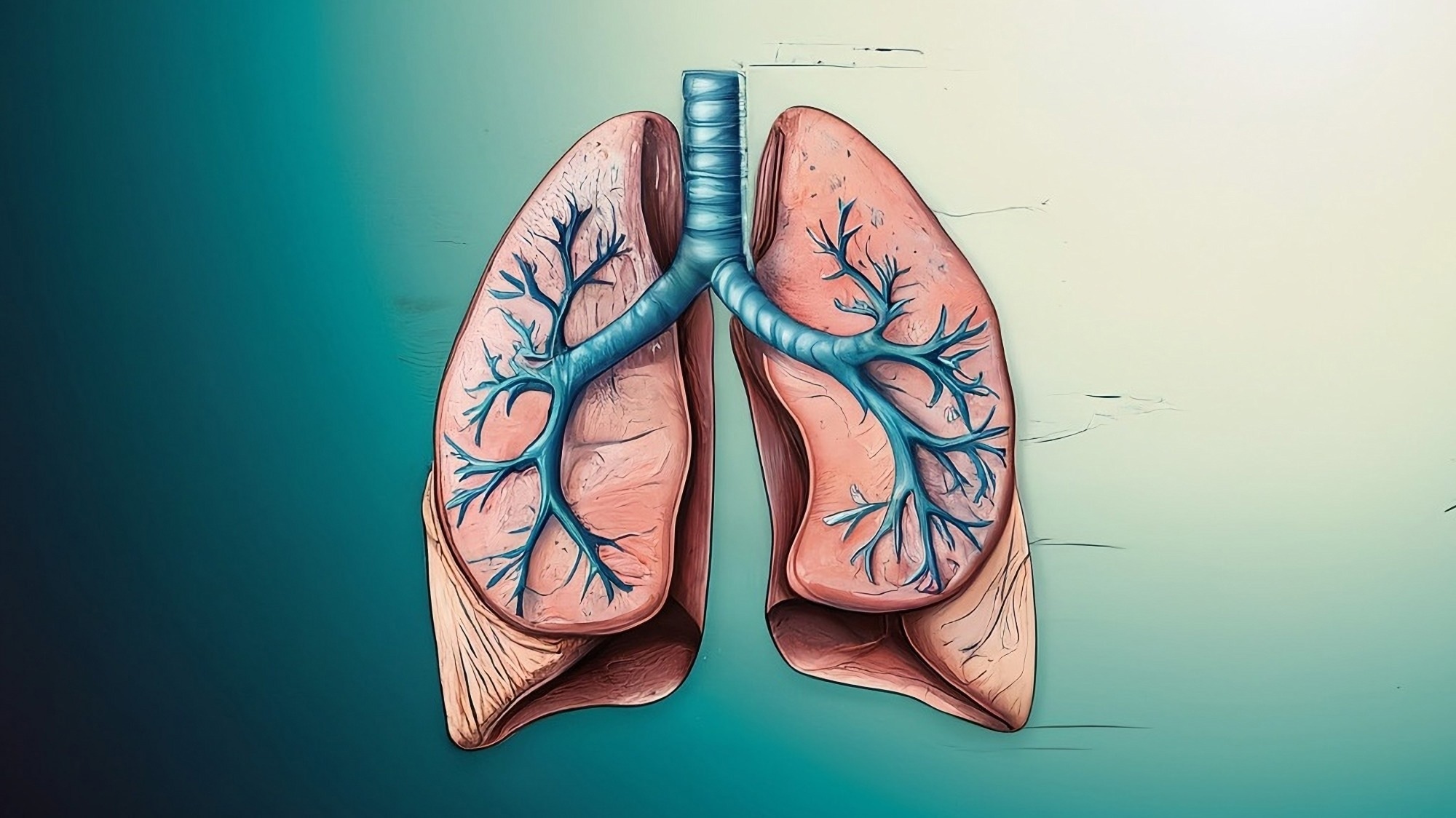Early childhood BMI patterns play a crucial role in shaping adult lung health, with both high and low BMI linked to distinct respiratory outcomes, according to a long-term Swedish study.
 Study: Body mass index trajectories from birth to early adulthood and lung function development. Image Credit: Shutterstock AI / Shutterstock.com
Study: Body mass index trajectories from birth to early adulthood and lung function development. Image Credit: Shutterstock AI / Shutterstock.com
In a recent study published in the European Respiratory Journal, researchers examine interactions between early life body mass index (BMI) values and later life lung function.
How does BMI predict lung function?
Current estimates indicate that up to 12% of the adult human population throughout the world suffers from abnormal peak lung function. Reduced lung function has been attributed to high environmental pathogen and pollution load during developmental years, which increases the risk of early onset- and more frequent cardiovascular, respiratory, and metabolic diseases during childhood.
Recent studies have suggested the role of childhood BMI interventions for preventing suboptimal adult lung function. More specifically, excessive childhood BMI has been associated with distinct adult phenotypes known as the ‘obstructive’ phenotype. Comparatively, low/insufficient childhood BMI can induce a ‘restrictive’ phenotypic pattern.
Despite these observations, most studies have been short-term, cross-sectional, or longitudinal studies with insufficient sample sizes. Moreover, although previous investigations have provided important insights into BMI-lung function relationships, they have not successfully captured the dynamically shifting nature of BMI progression and its potential impacts on later life outcomes. Furthermore, childhood BMI trajectories have never been formally investigated, thus presenting a knowledge gap in understanding how these factors may alter lung function through structural or mechanistic pathways.
About the study
The present prospective study comprised a large cohort of 3,204 individuals with a post-birth follow-up period of 24 years. Samples were collected at eight, 16, and 24 years of age to elucidate the impact of early life BMI progression on adult lung function.
The study cohort was derived from the Swedish Child (Barn), Allergy, Milieu, Stockholm, Epidemiological (BAMSE) study, a European cohort of 4,089 newborn infants and their parents recruited from Stockholm, Sweden between 1994 and 1996. A total of 3,204 study participants with at least four follow-up visit data were included in the study.
The Swedish Medical Birth Register was used to obtain participants’ birth height and weight data. Corresponding data for months six, 12, and 18, as well as and years two, three, four, five, six, seven, 10, and 12 were obtained from school and healthcare reports.
Respiratory outcomes included pre-bronchodilator (BD) lung function determined through spirometry measurements obtained at age eight yearsof age, as well as post-BD spirometry conducted at 24 years of age, both of which follow the American Thoracic Society/European Respiratory Society (ATS/ERS) recommendations. Lung clearance index (LCI) and functional residual capacity (FRC) were calculated using multiple-breath nitrogen washout assays. Liquid chromatography high-resolution mass spectrometry (LC-HRMS) was utilized to obtain participant-specific urine metabolomic profiles.
Study findings
The present study comprised 3,204 individuals with an average of 10.5 BMI records between birth and 24 years. Latent class mixture modeling revealed that participants aligned with one of six discrete BMI trajectories.
Over 50% of the study cohort were of a stable normal BMI, whereas 22.5% and 14.1% were classified into above normal and persistently low BMI groups, respectively. Accelerated increasing BMI was observed in 6.5% of the study cohort, whereas accelerated resolving and persistent high BMI were observed in 4.4% and 2.3% of the study cohort, respectively.
Regression analyses revealed childhood BMI and both pre- and post-BD adult lung function were closely associated and significantly different between the different BMI trajectory groups. These differences were also observed in z-score investigations of lung function growth, thus suggesting that BMI can influence mechanistic modulation of lung function and alter its structure.
As compared to those in the stable normal BMI group, study participants in the persistent high and accelerated increasing BMI groups exhibited increased LCI at 0.20 and 0.30, respectively, as well as reduced FRC of -0.54 and -0.61.
A total of 24, 12, and seven urine metabolites significantly interacted with BMI trajectories to influence pre-BD FEV1, FVC, and FEV1/FVC ratio z scores, respectively. Comparatively, 21, 17, and four metabolites interacted with BMI trajectories to influence the post-BD FEV1, FVC, and FEV1/FVC ratio z scores, respectively.
Conclusions
The study findings emphasize the importance of timely childhood BMI management for perserving optimal lung function into adulthood. Both excessive and insufficient childhood BMI adversely impacted adult lung function, with high BMIs associated with more severe effects.
The period between birth and 16 years appears to represent a critical stage for lung development. Thus, there is value in generating specific metabolomic profiles that can be used to predict and prepare for future respiratory outcomes.
Journal reference:
- Wang, G., Hallberg, J., Merid, S. K., et al. (2024). Body mass index trajectories from birth to early adulthood and lung function development. European Respiratory Journal. doi:10.1183/13993003.00298-2024




